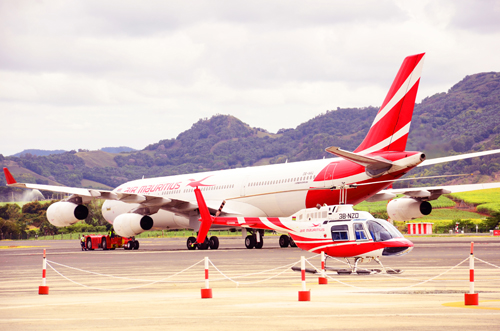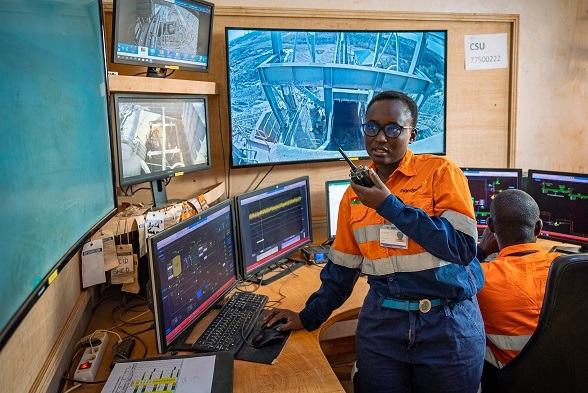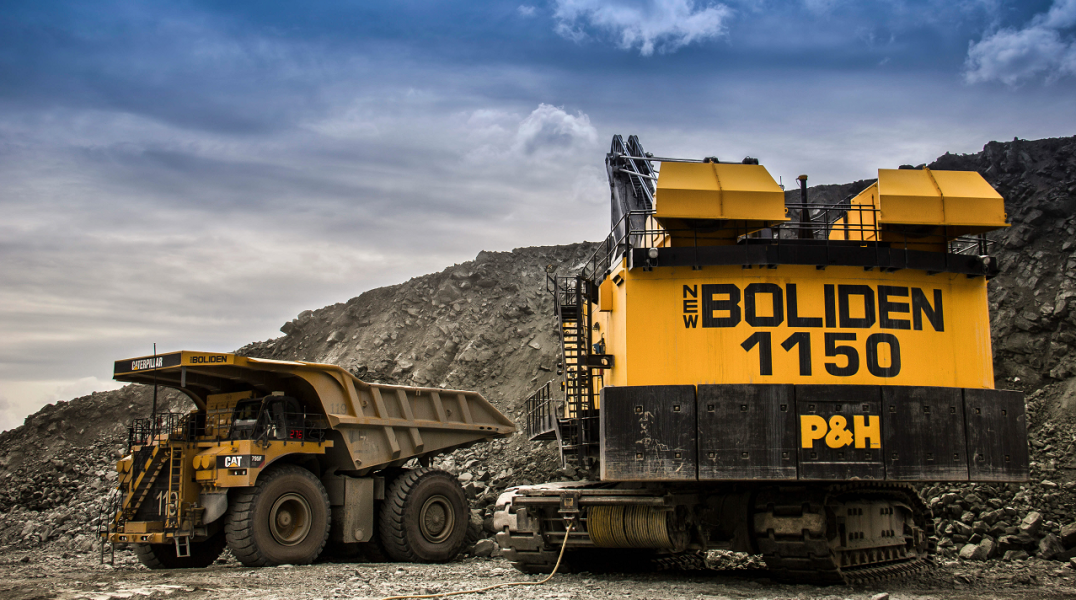
Anyone with an eye on the travel industry will see that there has been a lot of activity around Air Mauritius in the last year and that it has begun to make ripples that will get it noticed even by its biggest competitors. The fact is that Air Mauritius is not simply a regional airline but one that flies each week to four continents and is punching way above its weight in the global industry. As an example, this month alone it announced that it is about to re-establish two weekly direct flights to Durban, one of South Africa’s most vibrant commercial centres, and had expanded its services to Johannesburg and Nairobi in order to reinforce connectivity to Africa and better position Air Mauritius as a bridge between Africa and Asia.
Mauritius has economic, political and cultural ties with Europe, Asia and Africa. On the other hand, from an airline connectivity perspective it is not ideally situated and is at a disadvantage compared to hubs in the Middle East, Johannesburg, Nairobi or Addis Ababa. The status of the country as a leading tourist destination and financial centre has been hugely supported by air connectivity as reflected by the Air Mauritius network that has managed overcome the geographical disadvantage of Mauritius and made it a potential hub for the region.
So, also this month, the airline said it would start flying direct to Beijing on July 6 2013. Following the introduction of twice-weekly direct flights to Shanghai earlier this year and adding flights to Hong Kong, Kuala Lumpur that provide connections to mainland China, the direct link to the latter’s capital, Beijing will be yet another catalyst for the development of the Chinese market, said Air Mauritius’s CEO André Viljoen. “It opens new avenues for the consolidation of ties between our two countries and allows Mauritius to further tap into the opportunities offered by one of the world’s fastest growing economies.” All this activity is part of the ongoing implementation of a new ‘7-Step Plan’ that he has put in place to turn Air Mauritius’ business around from the loss-making situation it was in when he came on board in 2009. Formerly, Andre Viljoen was the CEO of SAA, where he restructured the organisation and oversaw the replacement of its entire fleet.
Dating back to 1967, just as the island was gaining its independence, when it was set up as a joint venture between the government of Mauritius, Mauritian company Rogers, Air France and BOAC, Air Mauritius is based at the capital Port Louis and operates out of Sir Seewoosagur Ramgoolam International Airport. Over more than four decades it has grown to become the fourth largest carrier in sub-Saharan Africa. While it is the flag carrier of an independent nation, it has suffered from being a destination airline, whose main business was seen as bringing tourists and visitors to what is after all one of the most idyllic and attractive places to visit, with its appealing French ambiance, though it remained predominantly under British influence since the early 19th century.
And Air Mauritius was a burden on the Mauritian economy. In the fourth quarter of 2011 alone the airline lost €3.6 million. But reel back to when Viljoen joined the company in 2009 as CFO at the time of the US sub-prime crisis. “We faced a huge challenge,” he says, “but we managed to get out of a fuel hedging loss of €150 million – and the following year we turned that into a profit of €10 million. However at the start of the 2011 financial year oil prices shot up from 90 to 120 dollars a barrel and the Euro fell against the dollar.”
Air Mauritius receives most of its income in Euros, while fuel, representing around 40 percent of all its costs, is paid for in dollars. “Those market shocks are not in our control any more than the weather,” says Viljoen. It all goes to show how volatile the market is. The company recorded losses of €21.2 million in the nine months to December 31 2011: however in the third quarter ending December 31 2012 it made a profit of €6.1 million, against a €3.6 million loss in the corresponding period the previous year.
These green shoots, he says, can be credited to the company’s 7 Step Recovery Plan. What he refers to as market shocks may not be in an airline’s control, but there is a smarter way to manage the business, he believed. Right at the beginning of 2012 he called in Seabury APG, a consultancy that specialises in the airline industry. “We chose Seabury above all other consultants,” Viljoen explains, “because they had some impressive tools. Some consultants just tell you the time using your own watch! We needed to make some radical changes, changes that would not be accepted by our shareholders unless they were supported by an independent professional services company. Seabury did some interesting diagnostics. They started by asking whether our business model was challenged only because of fuel prices and the Euro, or was there more? Well, we knew there was more! They helped us put it concisely into presentations we could show to our stakeholders and shareholders.”
Using these diagnostic tools, Seabury was able to predict that if Air Mauritius carried on business as usual, with its current fleet flying over its current network, it would make losses between €27 and €33 million in each of the years to 2017. “The time had come to revisit the business model,” Viljoen says. Seabury worked with the airline over five months, examining every detail of the business, making constant presentations and in the end put a very convincing argument forward to the shareholders that if nothing was done there would be no Air Mauritius in a year’s time.
The first task for Seabury was to approach a hundred stakeholders from government right down to the hotel and bar owners on the island, to find out exactly what kind of an airline they wished Air Mauritius to be. “They found that everyone loves Air Mauritius – they see it as their national carrier – but they all had different ideas. Some thought we should be like Emirates: that the government should give us a blank cheque to renew our fleet and bring the world and his wife to Mauritius. It all centred on whether our main purpose should be profits or national interest.”
The trouble is that Mauritius does not have any oil or natural resources of its own so it can’t afford to support a loss making airline of the ‘National Developer’ type, whose core objective is to stimulate the country’s economy. “We concluded that our primary purpose is to be profitable in the national interest – the two are not mutually exclusive. Once you are in profit, then you can start to think about being the flag carrier. Our role is to be a profitable national airline.”
Seabury helped Air Mauritius to create a matrix, the quality of service index (QSI) that determine the passengers’ choice of an airline. Among the parameters, the more frequent the flights, the more ‘friendly’ the times of those flights, and the better the connections with other airlines, the higher the QSI. Armed with the QSI, supported by a global database, he says, it is possible to make changes that will increase it – deals with other airlines, changes to flight times – then work out whether the entire travel industry, down to individual agents, are giving Air Mauritius the market share that is its due.
An important factor affecting the airline’s credibility in the market was the frequency of its long haul flights, which at 2.2 per week put it on a par with charter companies. Emirates has competed successfully in Mauritius precisely because it grew its frequency from three to five, and then to seven flights a week, he says. “Frequency stimulates the market and takes people away from competitors. Today BA flies to Mauritius four times a week from Gatwick: we fly the same number of flights from Heathrow. Neither gives a perfect service; but if we work together we can cover the entire week.”
The 7 Step Plan grew out of Seabury APG’s network model, which uses planning and financial evaluation tools to estimate the market share the airline should achieve. The first step is to concentrate the network, with fewer destinations, greater frequency and more alliances like the one Viljoen outlines while suspending unprofitable routes. Step 2 identified ways of maximising revenues. The company initiated a number of measures to boost sales, like rewarding frequent flyers better, making better use of e-commerce and entering partnerships with other airlines, banks or car hire companies. Cost reduction across the board and disposal of non-core assets were taken care of in Steps 3 and 4.
Step 5, described as a game-changer by Viljoen, would see the replacement of Air Mauritius’s fleet of old A340-300 aircraft with new generation Airbus A350 or Boeing 787s, attracting partner airlines and saving up to 25 percent in fuel. That will take some time to implement, of course and is expected to be complete by 2017. Meanwhile the move to dramatically upgrade levels of service by Air Mauritius’s 3,000 employees is just about fully implemented via a training programme delivered by the management guru Ron Kaufman. That’s Step 6: the final step, Step 7, involves leveraging the company’s human capital by instilling a performance management culture, including a performance related bonus plan.
In contrast to the bleak scenario of the ‘business as before’ model, Air Mauritius is now set on a path of profitability this year and beyond, André Viljoen believes. “Since we undertook a review of our business model and embarked on the path of transformation Air Mauritius has demonstrated its ability to adapt and we have every reason to believe that we are equipped to meet the challenges ahead.”
Written by John O'Hanlon, research by Vincent Kielty



 AirMauritius-Africa-T&L-May13-Bro-s.pdf
AirMauritius-Africa-T&L-May13-Bro-s.pdf









